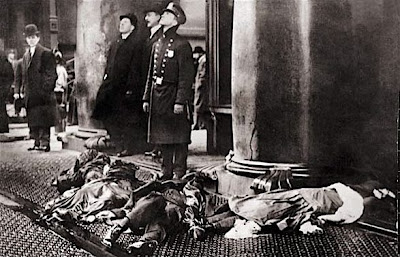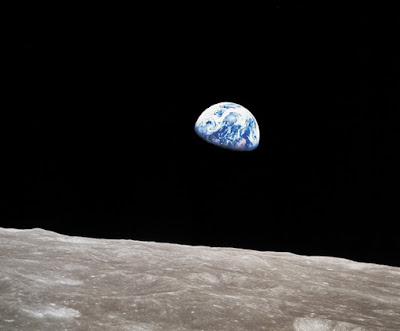
By Dave Wild
Photos by Dave Wild
June’s MotoGP in Donington, UK started with horrible grey skies and lots of rain. I was prepared for the weather but I hadn’t done my homework with regard to taking photos. I was starting with just a few thoughts on what to expect but I experimented throughout the day and discovered what worked and what didn’t.
In general, the bikes move very fast so you’re going to need a fast shutter speed to capture them without blur. When you look at motorsport photographs, the photos tend to be either
- very sharp photographs
- photos where the subject is sharply in focus and the background is blurred
- and sometimes where the photographer has the main subject blurred to accentuate the speed

Of these three types, I find the first type the easiest. Using a very fast shutter speed you can get a good clear focused shot of a fast moving object. Some people advocate pre-focusing where you think your subject is going to be, but with Moto GP where the bikes are nearing 200 Mph, that was too difficult to get good results for me.
What I found to be easier was to set my camera’s focusing mode to continuous so that I cold focus on a bike by holding down the shutter release half-way and track the bike around the track until it was where I wanted it to be then press the shutter release the rest of the way to capture the scene.
Review Your Shots with Zoom - Upon first inspection, my first few shots taken like this looked pretty good on the LCD screen and I took a few more. When I used the camera to review the image and zoom in though it was obvious that the subject wasn’t that sharp really. So for the next few shots I’d take a few with a faster shutter speed and then review them on the LCD, zooming in as far as possible to see how sharp the image is. Making the shutter speed faster and faster until I was happy with the sharpness. If I didn’t review the images by zooming in to check them I could have got home with a lot of blurry shots.
My day at the Moto GP was a very gloomy one weather wise, and I had to increase the ISO setting in order to get enough light for the very fast shutter speeds being used. Bear in mind that if you are zooming in a lot, your aperture will shrink and less light will be entering the camera. At a Moto GP it’s likely that you’ll be far enough away from the bikes to make using a zoom lens a necessity.
Shooting Through Fences - It’s likely that you’ll be separated from the track by a safety fence - these are typically mesh fences to allow spectators to see the race but you look at them at just think that they’re going to ruin your chances of getting some good photos.
The first photo here shows the fence that was between me and the track and the second one shows a photograph zoomed in of a bike on the track.
I was pleasantly surprised to find that not only could I zoom in quite clearly on the bikes behind the fence, I could track them without the fence mesh getting in the way and ruining the shots. Sometimes, mainly between bikes when I was trying to pick up a new one, I would suddenly get the lens to try and focus on the fence, but this happened infrequently. This is really handy because it means you’re not restricted to getting right to the front and popping your lens through the mesh!
Incorporating Blur - After getting shots that were very fast shutter speeds that were sharp, I had a go at getting some where I tracked the bike with a slightly slower shutter speed in an attempt to get the bike in focus but blur the background slightly to get a sense of movement. These shots were much harder to get right - especially as I was holding the camera by hand. This final photograph is one taken using this method - you can tell that the shutters speed is a bit slower because the spokes inside the wheels are blurred and so is the background. Compare this with the very first shot where you can clearly see the spokes within the wheel and even the holes on the brake disc.
I think this blurred-movement method would be made much easier with a monopod or a tripod. Due to being in a crowd, a monopod is probably more acceptable to keep your fellow spectators happy.






































